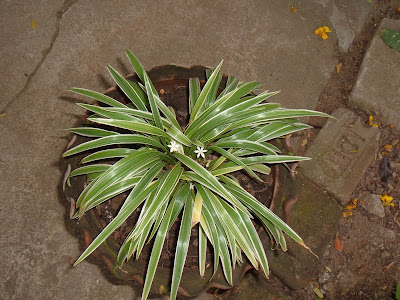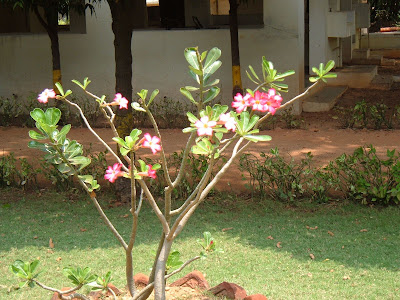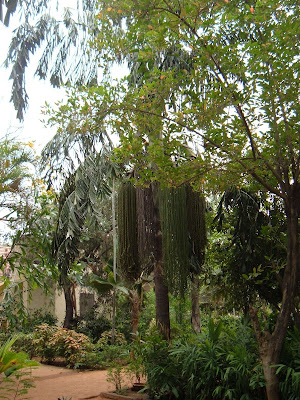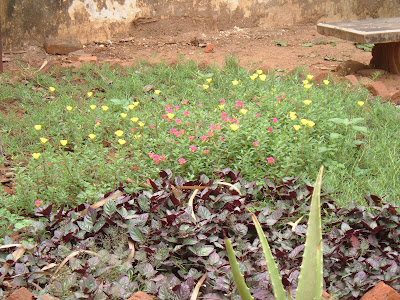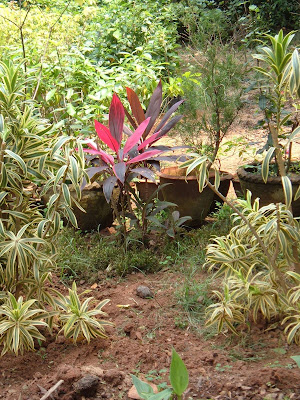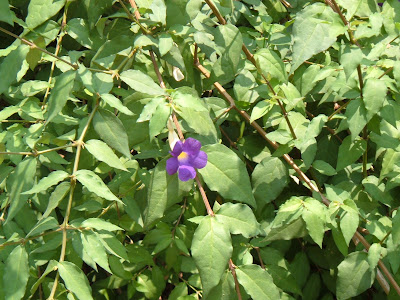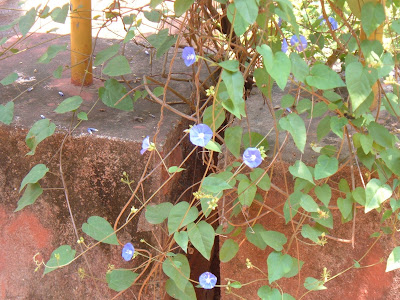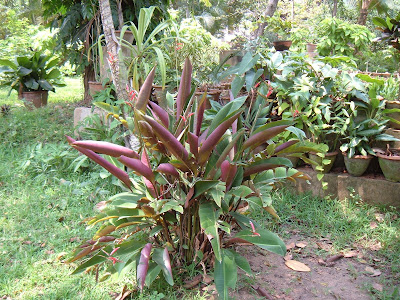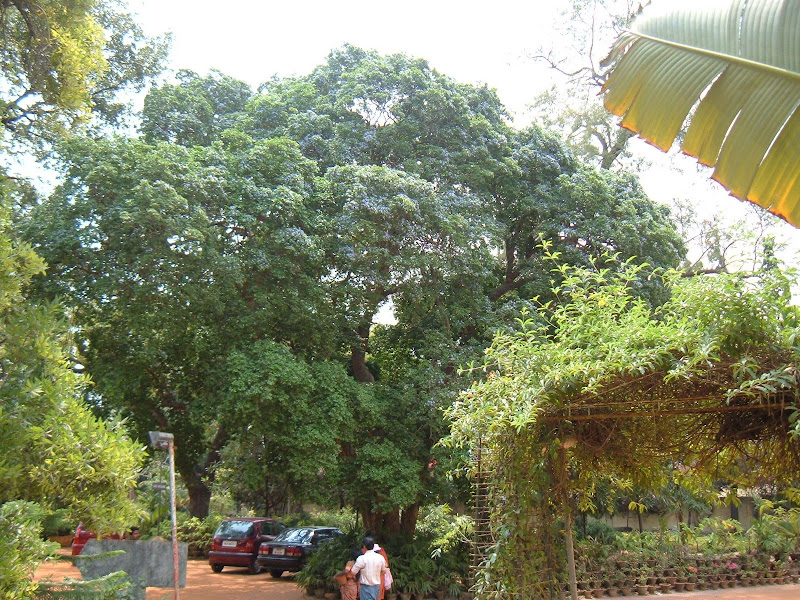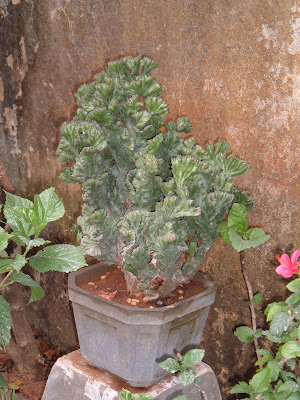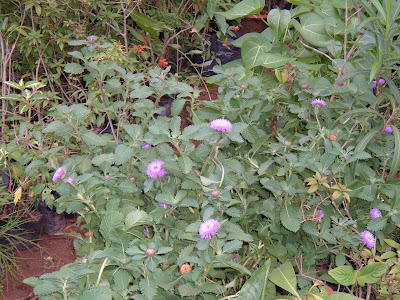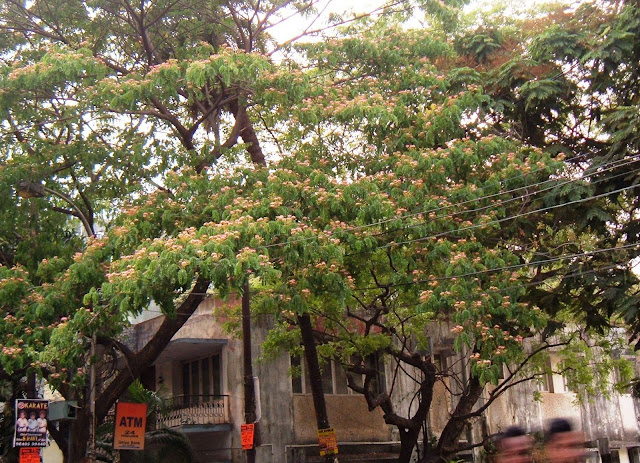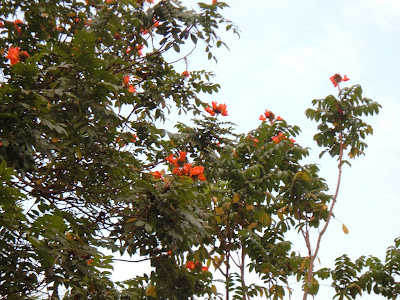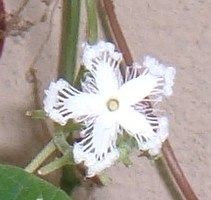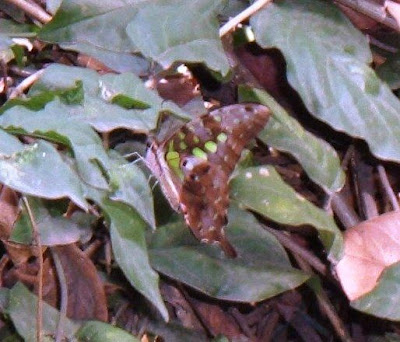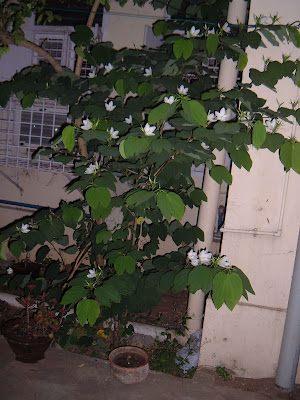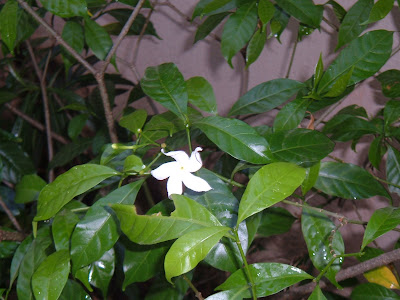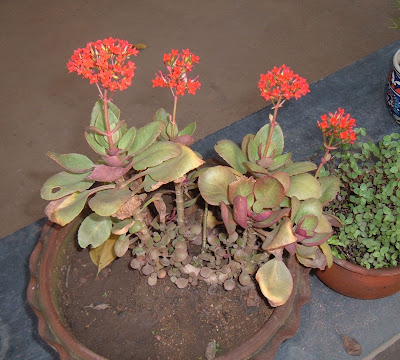The tree seems to be aptly called the African Tulip tree or the squirt flower tree:
It is native to africa and can grow up to 23-82ft tall. Indeed, photographing the one in front of Shakambari gave my neck muscles the much needed stretch! THe flowers are a flamboyant orange-red and the tree is planted extensively as an ornamental tree through the tropics.
It has the potential to become an invasive species - no i am not going to blog about what this means botanically - look here for more info. Well good for us, I would think! It lends SO much color to our streets!
Why the squirt flower tree? The buds are ampule shaped and are often used by children (presumably in africa as i havent seen anyone here do this) to squirt water.
The nectar is popular with many birds as is the bark for nesting.
The scientific name Spathodia Campanulata comes from the greek word spathe (broad blade), in reference to the spadix like calyx. In botany, a spadix (pl. spadices) is a type of spike: an inflorescence with small flowers crowded on a thickened, fleshy axis. The flowers are campanulate, meaning they are shaped like bells. The picture of the flower included in my earlier post probably does a better job of explaining, though it does not show the inflorescence.


